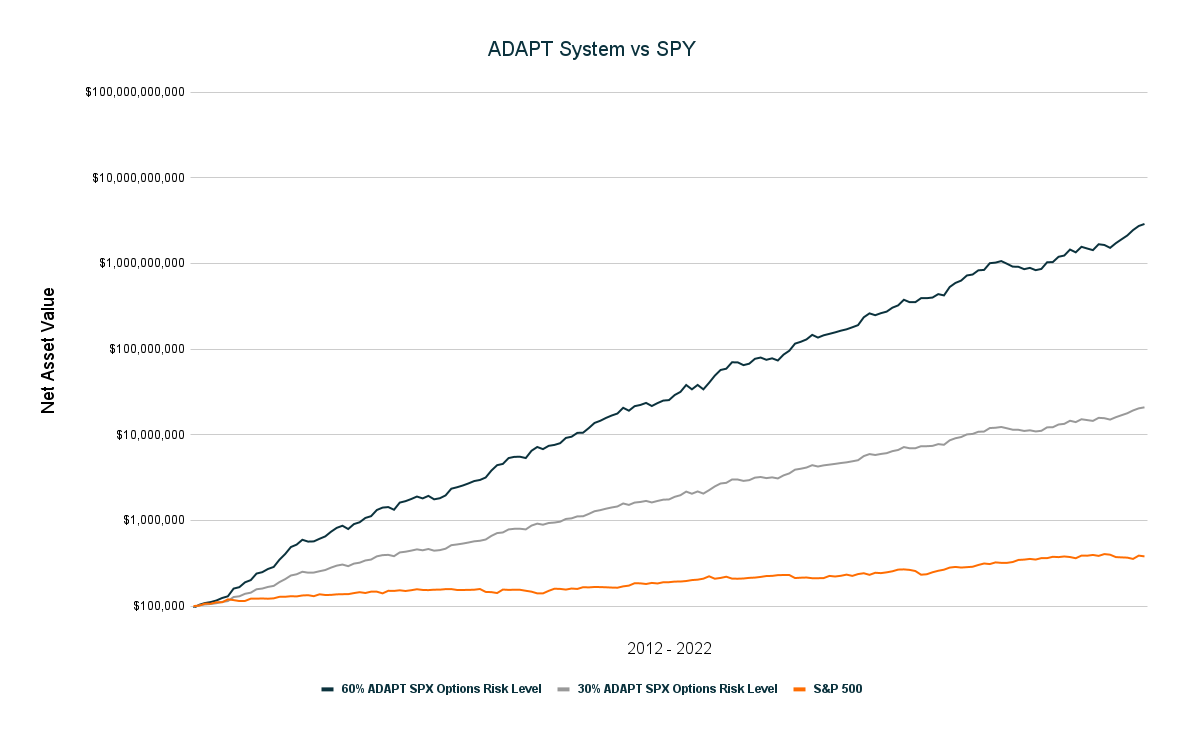
Trader’s Guide 2.1- Diversification
The concept of diversification is a fundamental principle of investing that can help to reduce risk and improve the overall performance of your portfolio. By using tools like the correlation coefficient and implementing strategies like asset allocation and risk parity, you can make informed investment decisions and build a well-diversified portfolio that is aligned with your financial goals. As the famous investors quoted in this chapter have demonstrated, the benefits of diversification are undeniable, and it is a critical component of successful investing.

Trader’s Guide 1.9- ETFs
Exchange-traded funds, or ETFs, have exploded in popularity over the last decade, and for good reason. These investment vehicles offer a low-cost and convenient way for retail investors to gain diversified exposure to a wide range of assets, from stocks and bonds to commodities and currencies. But as with any investment, there are risks to be aware of and potential pitfalls to avoid. In this chapter, we'll take a closer look at how ETFs work, some of the risks and benefits of using them, and how they've changed the landscape of retail investing for the better.

Trader’s Guide 1.8- Bonds
The bond market can be a complex and nuanced place, but it plays a vital role in the global financial system. Whether you are a government looking to finance infrastructure projects, a business seeking to expand operations, or an investor looking for a safe haven in uncertain times, the bond market is a key place to turn.

Trader’s Guide 1.7- Technical Analysis
technical analysis is a powerful tool that can help traders and investors make informed decisions about buying and selling stocks. By studying charts and other data, such as trend lines, momentum oscillators, support and resistance lines, volume, and market breadth, traders can identify patterns and trends that can predict future price movements.

Trader’s Guide 1.6- Fundamental Value
When it comes to investing in stocks, understanding how to value those stocks is crucial. After all, you want to make sure that you are getting a good deal on your investments and that you are buying into companies with strong potential for growth. In this chapter, we'll explore some of the key factors that go into stock valuations and how to use them to your advantage. We'll also delve into how pairing technical analysis techniques with fundamental analysis can provide great entry points into the market, and look at how the macroeconomy and central bank policies can impact stock valuations.

Trader’s Guide 1.5- Stocks
Whether you're a professional investor or just someone looking to grow your wealth over the long term, the stock market can be an important part of your financial strategy. While it is not without risk, the potential rewards can be significant, making it one of the three pathways to sustained wealth along with entrepreneurship and real estate.

Trader’s Guide 1.4- Institutions
Financial institutions are organizations that offer financial products and services to individuals, businesses, and governments. These products and services can include loans, investments, insurance, and more. There are several different types of financial institutions, each with their own unique features and offerings.

Trader’s Guide 1.3- Terminology
The world of investments can be a daunting place, especially for those just starting out. With so many different terms and concepts to wrap your head around, it can be hard to know where to begin. That's why in this chapter, we'll be taking a look at some of the basic vocabulary you'll need to understand the various investment vehicles out there.

Trader’s Guide 1.2- Compound Interest
Have you ever heard the saying, "A penny saved is a penny earned"? Well, when it comes to compound interest, a penny saved can turn into a whole lot more.

Trader’s Guide 1.1- Financial Planning
A financial plan for the average person should generally include the following elements:
A budget: This outlines your income and expenses, and helps you make informed decisions about how to save and spend your money.
A debt repayment plan: If you have any high-interest debts, such as credit card balances or personal loans, your financial plan should include a strategy for paying them off as quickly as possible.
